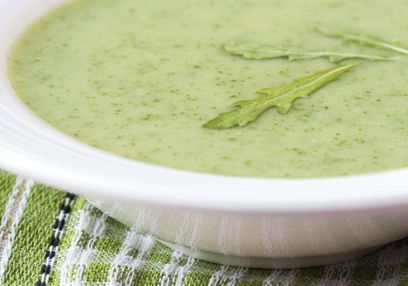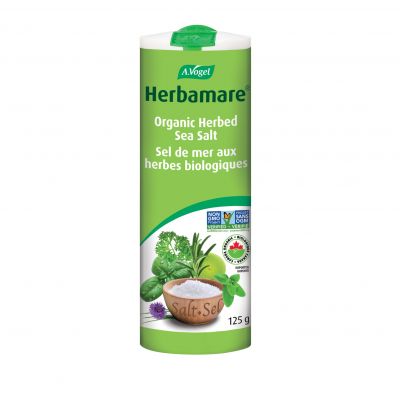A.Vogel search
When the internal search is activated, personal data such as your IP address is transmitted to our search engine Cludo. Data is thus transferred to a third country. Please click here if you want to display the internal search. You can find more information on data protection here: Privacy policy.
Larrea mexicana MORIC.
Cresosote bush
History

The creosote bush is an ancient American Indian plant which has been used by the indigenous population of North and South America for centuries to treat venereal diseases, tuberculosis, stomach ache, colds, rheumatism and arthritis. It has also long been used as an expectorant, a diuretic, emetic and an antiseptic; it was also used as a hair tonic; as a remedy for neuritis, ischialgia, luxation and broken bones as well as infections of the respiratory and digestive systems. Dried, pulverised leaves were sprinkled on wounds to heal humans and pets. Creosote baths were also a popular cure for chicken pox and rheumatism.Nowadays, the creosote bush – known in the USA as “chaparral” or “palo ondo” – is widely used all over America to cleanse and detox the blood but also to trap free radicals. Chaparral is also applied as an auxiliary agent treatment for cancer, in particular leukaemia and melanoma, but also for AIDS. Another special application is the treatment of alcoholism as well as the mental damage done by drugs such as cocaine and “speed”.Creosote leaves grown to obtain NDGA*, are regarded as excellent fodder for herds since they are as highly nutritious and rich in minerals, carotenes and amino acids as alfalfa.
Botanical characteristics
The creosote bush is an evergreen, woody desert shrub with characteristic wide branches that droop when they have died off. It grows to a height of up to three metres. Older branches that are still alive are cylindrical, the younger branches being square-edged. The bush is divided into stubby sections by dark glandular bands at the nodes, that are leafy. The pinnate leaves are opposite, with two small, sessile, obliquely lance-ovate leaflets. They are crescent-shaped, leathery and covered in plenty of resinous excretion which smells like creosote. This resin is formed as a result of the transformation from epidermis to down; its function is to reduce loss of water via the leaves, thus enabling the plant to survive in areas where there is as little rainfall as 16 mm per year. The flowers are arranged in curles at the end of the branches. They have five free yellow petals and five partially fused smaller, green sepals, ten stamens, a woolly, globose ovary with usually divided into five locules, a single style and stigma. The flowers bloom for one day only; the tiny fruit is a schizocarp that eventually splits into five mericarps, each containing a single seed. Most species of Larrea are capable of vegetative reproduction by a phenomenon similar to branch layering. It is said that this slow-growing shrub can live for more than one hundred years. Depending on rainfall, the bush usually blooms from April to May. The creosote bush belongs to a small genus of only five species in the family Zygophyllaceae. Larrea tridentata is the only species of this genus that grows in North America; its geographical radiation is limited to the western border areas between the USA and Mexico. Depending on where it grows, the shrub is either diploid with 13 chromosomes, tetraploid with 26 chromosomes or hexaploid with 39 chromosomes. The other four species, L. divaricata CAV., L. cuneifolia CAV., L. nitida CAV. And L. ameghinoi SPEG. are only to be found in the dry zones of Argentina, Chile, Bolivia and Peru. L. tridentata and L. divaricata are so closely related, that they are considered as a semispecies [1].
Habitat
The creosote bush is the main vegetation growing in semi-arid regions of the Mojave, Sonora and Chihuahua deserts; it is also to be found growing at altitudes of up to 1,500 metres. This bush prefers a chalky, porous ground.
Preparation
The plant’s dried leaves are collected in the wild, macerated in alcohol and then shaken by hand to obtain the required dilution.
Alfred Vogel's guide to leading a healthy and happy life
Watch the videoNature is just about the best thing we’ve got!






